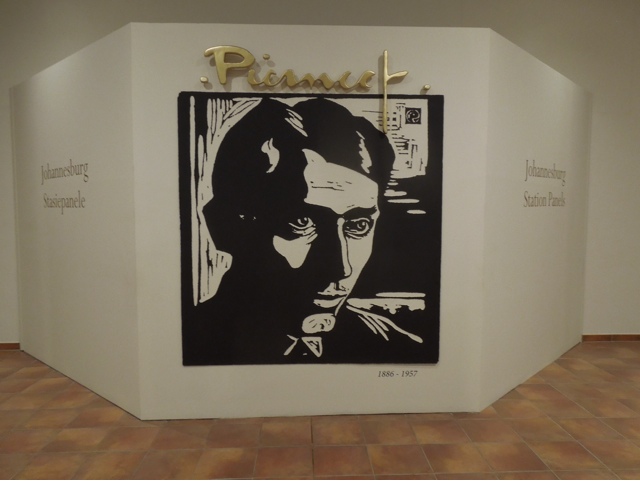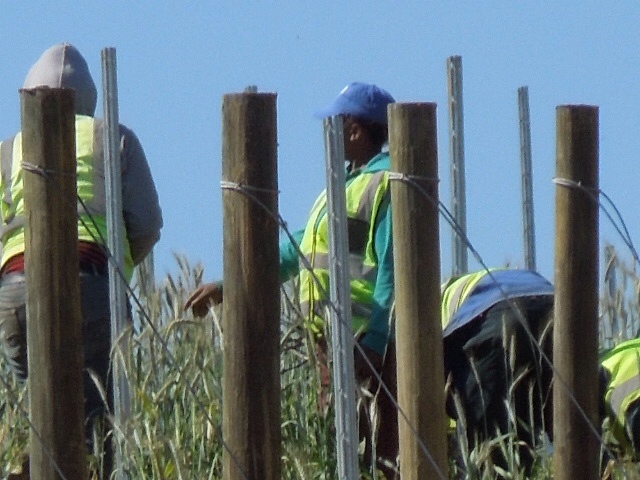Franschhoek (French Corner) takes its name from its first white settlers, French Huguenots who fled to the Cape to escape Catholic persecution in France in the late 1600s. By the early 18th century about 200 Huguenots had settled in the Cape; today their descendants with names like de Villliers,Malan, and Joubert - number in the tens of thousands. With their experience in French vineyards, the early Huguenots were instrumental in nurturing a wine-making culture in South Africa.
Franschhoek is the most spectacular of the three wine centers: a long valley encircled by towering mountain ranges and fed by a single road that runs through town. As spectacular as the valley is today, it must have been even more so in the 17th century, when it teemed with game. In calving season herds of elephants would migrate to the valley via the Franschhoek Mountains. The last wild elephant died in the 1930s.  Beautiful houses and gardens line the streets...
Beautiful houses and gardens line the streets...
 Beautiful houses and gardens line the streets...
Beautiful houses and gardens line the streets...It is now is an upscale village with beautifully renovated cottages and gorgeous gardens.
South Africa's second-oldest municipality, after Cape Town, Stellenbosch has actually retained the feel of an old town. Wandering the oak-shaded streets, which still have open irrigation furrows (known as lei water).
Some of the finest examples of Cape Dutch , Georgian, Victorian, and Regency architecture in the country. The town was founded in 1679 by Simon van der Stel, first governor of the Cape who recognized the agricultural potential of this fertile valley. Wheat was the major crop grown by the early settlers, but vineyards now blanket the surrounding hills.
The town is also home to the University of Stellenbosch, the country's first and most prestigious Afrikaner university.
RUPERT MUSEUM
The museum's collection was started by the late Dr Anton rupert and his wife in the 1940s. It opened in 2005 show case selected acquisitions of South African and international artworks.










 The African sculptors are talented and amazing..bronze representations of Gandhi and Mendela
The African sculptors are talented and amazing..bronze representations of Gandhi and Mendela 

 This is the cottage I rented for two weeks on a wine estate in Franschhoek for two weeks.....
This is the cottage I rented for two weeks on a wine estate in Franschhoek for two weeks..... This is the view from the deck......
This is the view from the deck......



 A view from the top of the climb in Mont Rochelle National Park
A view from the top of the climb in Mont Rochelle National Park Meeting baboons on the way to the top
Meeting baboons on the way to the top














 These are scare crows for the vineyards.....
These are scare crows for the vineyards.....





No comments:
Post a Comment